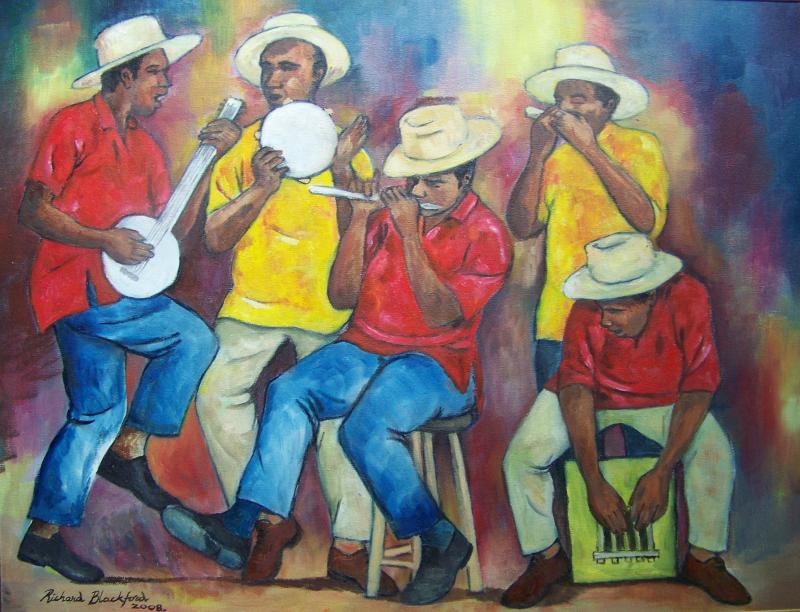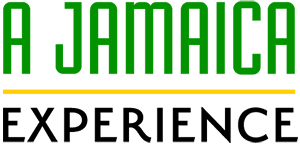In addition to delicious cuisine and beautiful beaches, Jamaica is respected around the world for its rich musical heritage. Of course, the first image that comes to mind when people think of Jamaican music is the legendary Bob Marley. Although Marley’s legacy looms large in Jamaica, there’s so much more to the history of Jamaican music than one man. In this article, we’ll explore the fascinating history of Jamaican music from its origins to the modern day.
Music of the Maroons
Any investigation into the history of Jamaican music usually begins with the Jamaican Maroons. The term “Maroons” refers to African slaves that were able to escape their rulers. They formed independent communities in the Jamaican mountains.
The rhythmic, percussion-based music these former slaves developed had a huge influence on later musical developments in Jamaica. Maroon music is also very important for Jamaica’s sense of self-identity and defiance to authority. In case you were wondering, there are still at least four active Maroon colonies in Jamaica to this day.
Mento Music: From Colonial Time to 1950s
Enslaved Africans who weren’t lucky enough to break away into a Maroon community developed their own unique style of music that eventually became known as mento. Historians believe the West Africans who created this unique musical style were influenced both by their own folk traditions as well as the European music they were exposed to.
Mento uses a variety of acoustic instruments like the guitar and banjo as well as a few percussion instruments. It’s not uncommon for the lyrics of mento songs to deal with themes like social injustice.
Mento became more popular in the 1940s and 50s as artists like Lord Flea, Laurel Aitken, and Louise Bennett brought this style to the mainstream. Many later musical styles in Jamaica were heavily influenced by the sound and lyrics of mento music. Although mento sounds similar to calypso, please keep in mind that calypso was founded in Trinidad and Tobago.
Influence Of American Music and Sound Technology
Once radios were introduced into Jamaica in the 50s, locals were drawn to the sounds of American funk and rhythm & blues. Both of these styles would have a great influence on the history of Jamaican music styles such as ska and reggae.
Besides exposing locals to exciting musical developments in America, radios and sound systems helped Jamaican musicians make their mark on the world stage. Indeed, sound systems led to the creation of one of the most recognizable figures in the history of Jamaican music: the deejay (DJ).
In the early days, DJ’s would play mostly American R&B, funk, and disco, but soon these sound system operators started to play dancehall, reggae, and ska. DJ’s also began to “toast” during their sessions over music, which, of course, would lead to modern day rapping.
The Fast-Pace and Blaring Horns of Ska
Ska was a musical style that developed in Jamaica around the 1950s – 1960s. Most music historians define ska as a fusion between Caribbean styles (especially mento) and popular American music at the time. The standard instruments in a ska band include bass, horns, guitar, drums, and sometimes piano. This music is characterized by an accented off-beat, pronounced baseline, and strong horn sections.
Nobody knows exactly how “ska” was named, but there are a few popular theories. Perhaps the most reasonable explanation for this musical style has to do with the way the muted guitar strings sound when they are struck on the off-beat. Other people believe big-name musicians like Byron Lee or Cluett Johnson had a hand in naming this Jamaican musical tradition.
One of the most popular early ska songs was Millie Small’s 1964 rendition of Robert Spencer’s “My Boy Lollipop”. Although this is probably the most mainstream ska tune, the first musician formally credited with recording a ska album is Count Ossie.
Ska became incredibly popular not only in Jamaica, but also in the UK during the 1960s. In the 1970s, many English bands started to produce exceptional ska music of their own.
The Reggae Revolution
As ska started to fade at the end of the 60s, reggae emerged as Jamaica’s dominant art form in the 70s. Drawing on the influences of ska, mento, and American R&B, reggae features an unmistakable off-beat between the drums and bass. Besides the rhythm, reggae is well-known for its oftentimes politically and/or religiously charged lyrics.
Toots and the Maytals are credited with inventing the term “reggae” in their 1968 song “Do the Reggay.” There are two main theories on what this word literally means. The most commonly accepted theory is “reggae” refers to someone who wears tattered clothing. Other reggae musicians, however, believe the word derives from Latin and means something like the “king’s music.”
While Toots Hibbert may be the first to use the term reggae, Bob Marley will always be regarded as the world’s most famous reggae musician. After mastering the styles of rocksteady and ska with The Wailers, Bob Marley moved on to an incredibly successful solo career that defined the reggae style on a global scale.
Marley’s powerful lyrics dealing with love and peace resonated with people of all nationalitie. They also introduced millions to Jamaica’s Rastafari faith. Some of Marley’s iconic songs include “One Love,” “Waiting in Vain,” “Is This Love,” and “Jammin’“. While Marley passed away in 1977 at the age of 36, his legacy certainly lives on.
Besides Marley, a few other important reggae musicians include Sly Dunbar, Lloyd Brevett, and The Skatalites. No genre in the history of Jamaican music is more attached to this Caribbean nation than reggae.
The History of Jamaican Music Continues
Hopefully this article has piqued your interest in the long history of Jamaican music. There are, of course, many interesting developments going on in Jamaican music nowadays. Many genres like reggae, dancehall, dub, and Jamaican jazz are still strong today. Definitely schedule time to take in an authentic Jamaican jam session if you are ever in this incredible nation.
